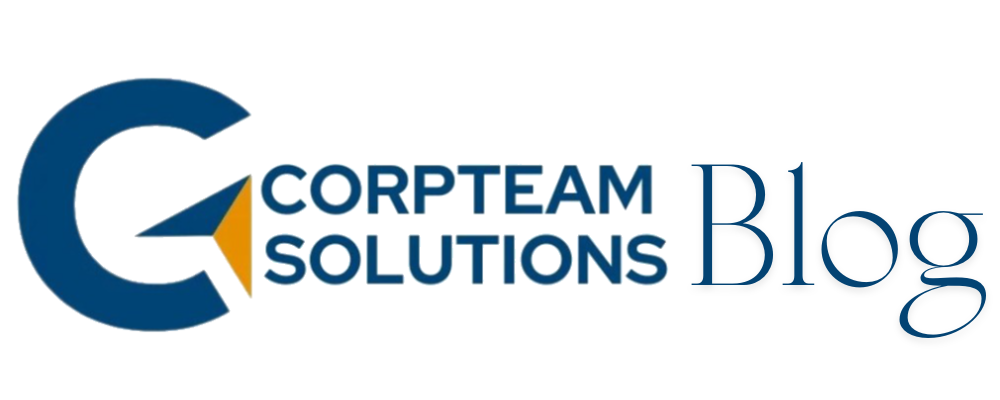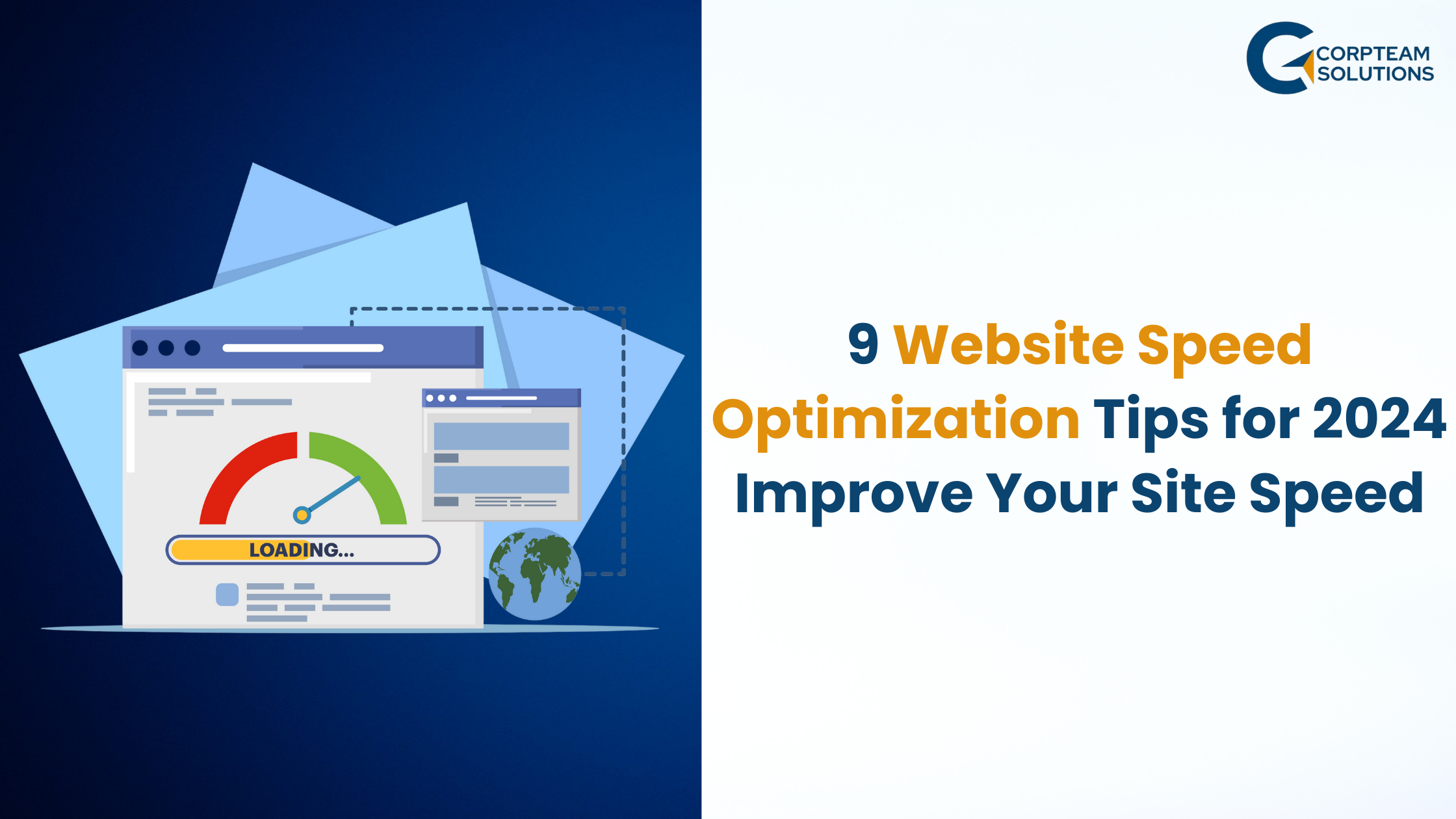Website Speed Optimization Tips for 2024
In 2024, website speed optimization is critical for user experience, SEO rankings, and conversion rates. If your site loads slowly, it can drive away visitors, reduce engagement, and even negatively impact search engine rankings. Here are 9 essential tips to optimize website speed, improve performance, and ensure your website runs smoothly in the coming year.
1. Optimize Images for Faster Loading
One of the most common reasons for slow websites is unoptimized images. Large images can significantly slow down website load speed, causing longer wait times for visitors. To improve site speed, consider compressing images without losing quality.
Tools to Use:
You can further optimize page speed by using responsive images, ensuring that images are served in appropriate sizes depending on the device. Don’t forget to use WebP format, which is lightweight and faster.
2. Leverage Browser Caching
Caching is a powerful way to increase website speed. By enabling browser caching, you can store parts of your website (such as images, CSS files, and JavaScript) locally in a visitor’s browser, reducing the need to reload them during subsequent visits. This not only boosts site speed optimization but also improves user experience.
How to Implement:
- Set expiration times for cacheable resources in your .htaccess file.
- Use caching plugins such as W3 Total Cache or WP Super Cache.
3. Minimize HTTP Requests
Each time a page loads, an HTTP request is made to fetch resources like images, CSS, and JavaScript files. Too many requests can slow down your website. Reducing the number of HTTP requests is key to speed optimization.
How to Improve Website Speed:
- Combine CSS and JavaScript files to reduce multiple requests.
- Remove unnecessary plugins and scripts.
- Minify CSS and JavaScript files using tools like CSSNano or UglifyJS.
4. Enable Compression
By compressing files, you can significantly reduce the size of your website’s resources, which improves the loading speed. Gzip compression is widely used to increase the speed of a website by reducing the size of HTML, CSS, and JavaScript files.
How to Implement:
- Enable Gzip compression on your server.
- Use a plugin like WP Rocket to automatically compress files.
5. Utilize Content Delivery Networks (CDN)
A Content Delivery Network (CDN) can improve website performance optimization by distributing your website’s content across various servers located worldwide. This reduces the distance between the user and the server, speeding up content delivery.
Top CDN Providers:
A CDN also ensures speed optimization by reducing bandwidth usage and enhancing security.
6. Optimize Web Hosting
Choosing a reliable web hosting provider is a crucial step to boost website speed. Shared hosting can slow down your site during peak traffic times. To optimize your website for speed, consider switching to a dedicated or cloud hosting solution, which provides better resources and faster performance.
Top Hosting Providers for Speed:
A well-optimized server can drastically improve website load speed and enhance user satisfaction.
7. Reduce Server Response Time
Server response time is another factor impacting web page speed optimization. Google recommends a server response time of under 200 milliseconds. Optimizing your server to reduce response time will improve your website’s speed and performance.
How to Improve Server Response Time:
- Choose a faster hosting provider.
- Optimize your database by removing unnecessary data.
- Use a server monitoring tool like Pingdom to identify slow performance areas.
8. Lazy Load Images and Videos
Lazy loading ensures that images and videos are only loaded when they become visible on the user’s screen. This technique is highly effective in website speed optimization as it reduces the number of resources that need to be loaded upfront, especially for media-heavy websites.
How to Implement:
- Use JavaScript libraries like LazyLoad.
- If you’re using WordPress, plugins like Lazy Load by WP Rocket can make it easier to integrate lazy loading.
9. Optimize CSS and JavaScript Delivery
Ensuring that CSS and JavaScript files are loaded efficiently can have a huge impact on how to increase website speed. Inline critical CSS and load non-essential JavaScript files asynchronously to prevent them from blocking the rendering of the page.
How to Improve:
Final Thoughts
In 2024, website performance optimization will continue to be a critical aspect of running a successful online business. With these 9 tips, you can effectively increase the speed of your website and ensure that your users enjoy a seamless browsing experience. By leveraging the right tools, such as image optimizers, CDNs, and caching plugins, you can improve website speed and boost your SEO rankings.
Additional Tips:
- Regularly monitor your website’s performance using tools like Google PageSpeed Insights and GTmetrix.
- Always update your plugins, themes, and core CMS files to ensure your site remains secure and fast.
By implementing these strategies, you’ll not only boost website speed but also create a more efficient, user-friendly experience for visitors.

